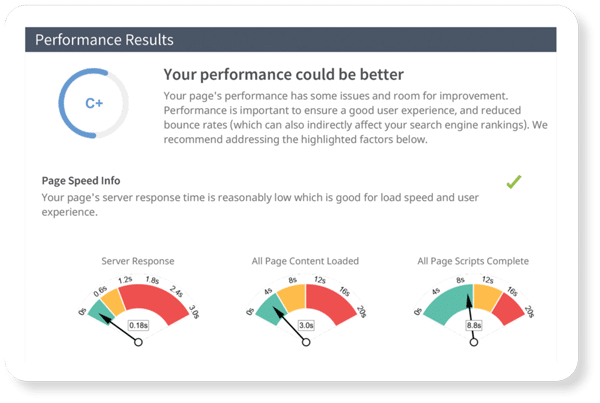#1 Judging a Site’s Authority by PageRank Alone
Good link building strategies aim to get links from a diverse array of websites, but, as with most things in life, all websites are not created equal. How do you judge a good website?
The answer is authority. PageRank is a popular metric used to judge a site’s authority, but it can be misleading because it is unclear exactly how a site’s PageRank affects it’s position in the SERP. Don’t completely ignore PageRank; be aware of it’s limitations, and continue to use additional factors to measure authority. Start by looking over the comments, user ratings, or anything else that will tell you how Internet users judge the site.
Then, ask yourself a couple of questions:
- Does the site feel trustworthy?
- Does the site have readers who take the content seriously?
- The site has authority, but is it relevant to my website/client/topic?
#2 Building Links with Only One Keyword or Keyword Phrase
The goal of a successful link building strategy is a natural link profile. If 1,000 people link to your site, it’s safe to assume that they won’t all use the same keyword phrase.
Most SEO’s know this, but if you aren’t conscious of it, you will use your primary keyword as much as possible with each link. Keep track of the anchor text that you are using, and make sure that there is a mixture of anchor text containing: brand name, website address, secondary keyword phrases, click here, etc. This also opens up the opportunity to link with secondary keywords to interior pages of your site.
#3 Aiming for One Billion Links!
How many links does a site need to be competitive? Your competitive research holds the key to determining this. If your top competitors average 1,000 links, aim for what you need to be competitive. Set your goal number of links 2-5 percent more than your competition.
This way you can maximize the efficiency of your SEO activities and properly scale your link building techniques. If you don’t set a goal number based on competition, you could be spending too much time on link building instead beefing up the on-page optimization or focusing on social media.
#4 Only Linking to Your Homepage
Attract links to a variety of pages on your site. If you have a good internal linking structure, linking to any page will increase the overall PageRank of the system, and thusly strengthen all the pages in your website. Additionally, it will help you rank for more keywords and drive more traffic to your site. It also forces you to think of the user: will linking to an internal page provide more content value to the target audience?
Note: PageRank is a valuable metric for measuring the internal linking structure of a website.
#5 Analyzing Competitors Backlinks Who Don’t Rank Well for Your Target Keywords
Often the top 5 competitors in an industry may not be the top five sites in the SERP. Conduct a search for your terms, then analyze and review the linking activities of the sites that show up in the top 5 positions.
For the overall marketing direction it is good to review both on and offline marketing activities of the industry leaders. But only through focused, competitive research based on the most visible sites in the SERP will you get a sense of what linking activites your site needs to be competitive.
#6 Centering Your Linking Strategy on Quantity Not Quality
Link building should always focus on getting links from quality sites. Google has penalized websites who for using link farms to add quantities of links regardless of the quality. You should always build links organically, joining in relevant online conversations and utilizing internal links. When you build your site’s content, the quantity of links will come naturally instead of being forced.


